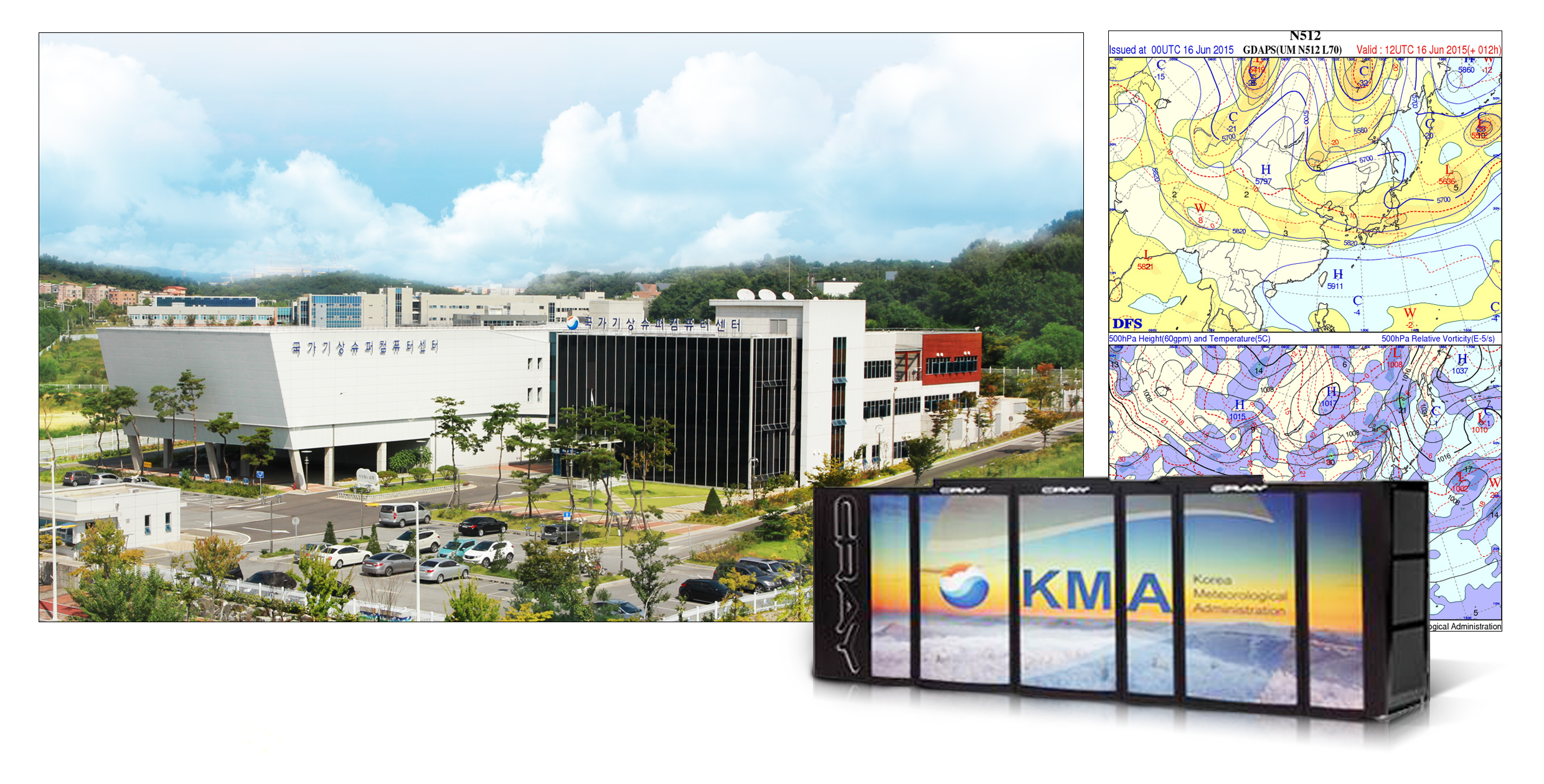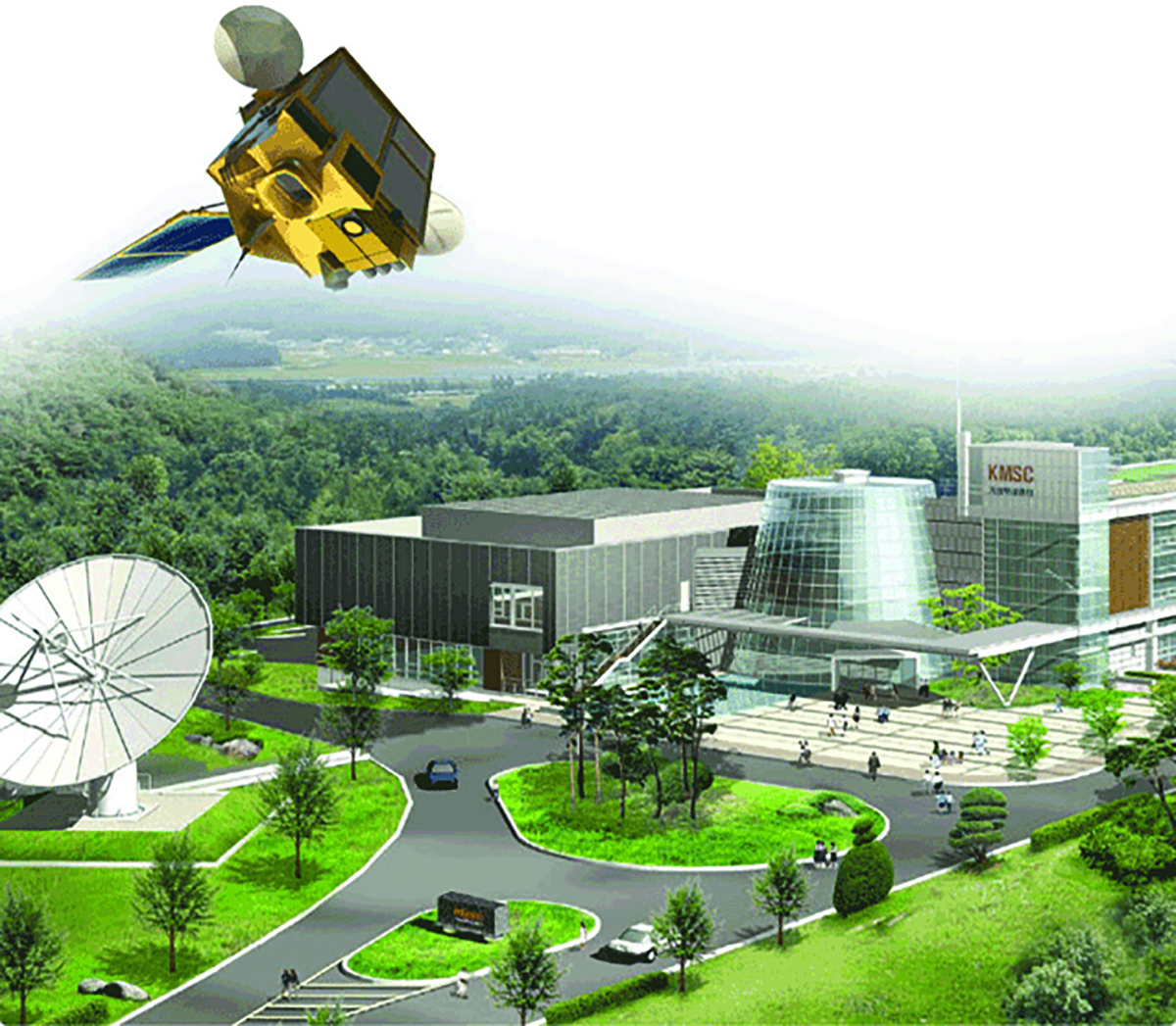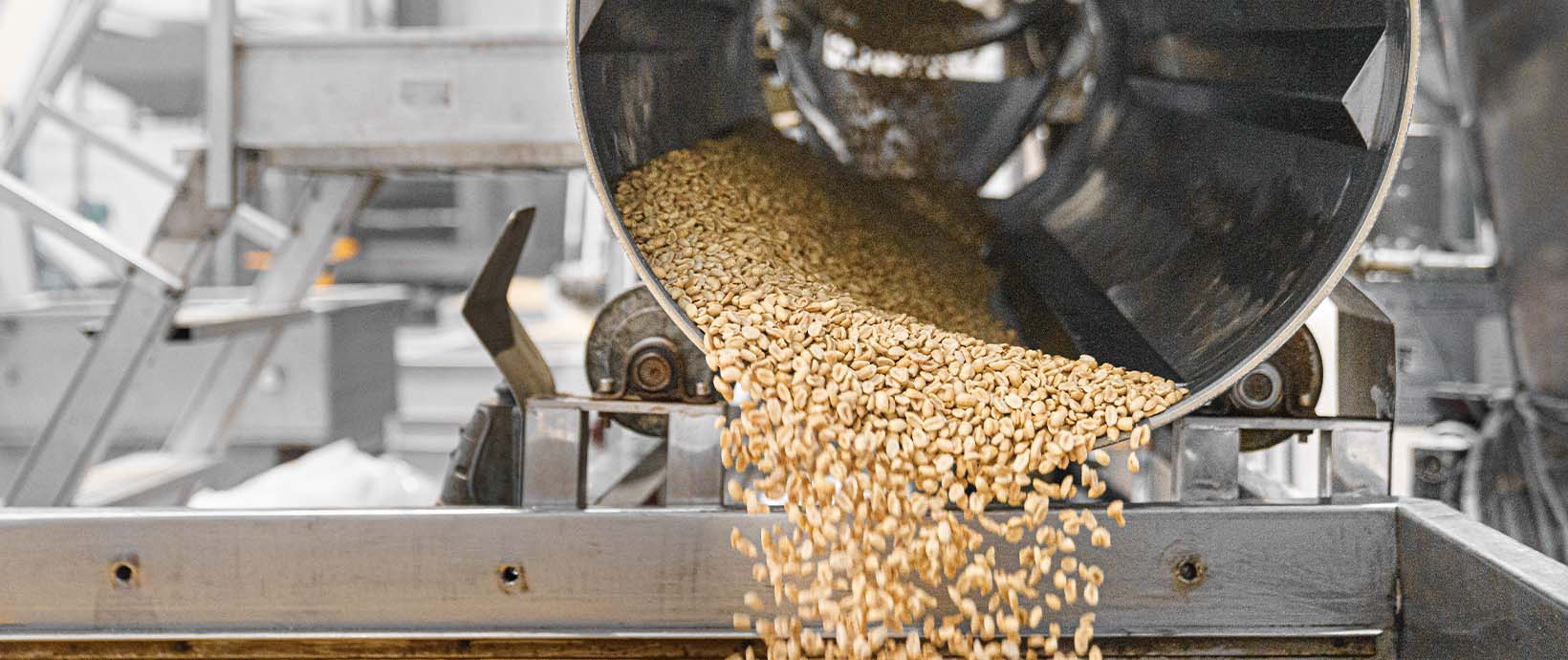Featured Client: Weather and Sophisticated Simulations: Korea Meteorological Administration Saves Energy
There are few weather sights as gorgeous as flashes of bright lightning steaking across the dark sky, promising a spectacular storm to come; green leaves swaying in the wind as strong and steady rain pelts down on them, rejuvenating the earth as it washes everything clean; soft snow falling silently as it blankets the world in white, or even simple golden sunshine glistening on gentle blue waves, rippling by the beach on a lazy summer day.
The same weather, however, when it turns severe, can quickly transform from fascinating to deadly. It is commonly said that climate is what you expect, and weather is what you get. So what are these phenomena and why should we care so much about them? Well, it’s hard not to, when they impact just about every aspect of life. Weather affects people’s daily lives, whereas climate tends to influence the overall lifestyle, social infrastructure and culture of whole communities. The importance of weather related phenomena simply cannot be underestimated when we consider the life changing impact of tornadoes, hurricanes, flooding, droughts, winter storms, landslides, forest fires, tsunamis and volcanic eruptions etc. Accuracy in forecasting, severe weather watches and warnings allow people to make timely preparations and can often save lives during dangerous weather conditions.
Our Featured Client this month is The Korea Meteorological Association (KMA), with the abridgement that follows being based upon a success story written by Altair’s PBS Team (US & Korea).
The KMA is an organization of the Korea’s Ministry of Environment with a mission to protect citizens' lives and properties from natural disasters and improve the public commonwealth in ways that support economic activities. KMA observes and analyzes meteorological phenomena on the ground, in the ocean, and in the atmosphere, while providing weather forecasts and warnings, and presents climate statistics and industrial-meteorological data. They exchange meteorological data and information with domestic and foreign organizations, conduct research and technology development activities, and prompt international cooperation. With 1313 civil servants, KMA operates a total of 97 weather stations including 11 radar, 5 upper-air observation stations, and 477 Automatic Weather Stations.

KMA and Altair Korea analyzed the A/C system using Altair's CFD solver AcuSolve, beginning their approach with modeling a dual structure of the KMA computing room floor, focusing on air flow conditions and hot spot phenomenon in KMA’s computing rooms, as well as the possible influence of operating a thermo-hygrostat, which can cool down room temperature.
The simulation approach conducted by KMA and Altair Korea was unique and innovative in making a precise analysis of the A/C system case by case (for example, studying the flexibility of tiling [open/close] on the floor of computing rooms, or power input [power on/off] for components of A/C system, and more) to locate optimal positions for energy efficiency. Actual room temperature and humidity was measured in comparison with the simulation of the A/C system based on tiling in the computing rooms and the simulation results were found to be very accurate. Additional simulations were also performed by Altair Korea regarding the operation of the A/C system with the ultimate aim to achieve more cost-effective energy consumption.
Simulations of operating and shutting down the thermo-hygrostats (as screened) determined the minimum number of thermo-hygrostats required in each computing room. It was also discovered that even with a minimal number of thermo-hygrostats being operated, the A/C system could work without any serious adverse effect on running the supercomputers, although the temperature rose by a small amount. The teams were also able to identify optimal positions of thermo-hygrostats in case it ever became necessary to further reduce air temperature across several computing systems.

Su-hong Lee, Deputy Director of KMA Supercomputer Center, added, “Owing to the results of Altair's sophisticated simulations with AcuSolve running on PBS Professional, KMA can now run a green IT center in a more predictable and efficient way.”
Click Here to Read the Full Story
The same weather, however, when it turns severe, can quickly transform from fascinating to deadly. It is commonly said that climate is what you expect, and weather is what you get. So what are these phenomena and why should we care so much about them? Well, it’s hard not to, when they impact just about every aspect of life. Weather affects people’s daily lives, whereas climate tends to influence the overall lifestyle, social infrastructure and culture of whole communities. The importance of weather related phenomena simply cannot be underestimated when we consider the life changing impact of tornadoes, hurricanes, flooding, droughts, winter storms, landslides, forest fires, tsunamis and volcanic eruptions etc. Accuracy in forecasting, severe weather watches and warnings allow people to make timely preparations and can often save lives during dangerous weather conditions.
Our Featured Client this month is The Korea Meteorological Association (KMA), with the abridgement that follows being based upon a success story written by Altair’s PBS Team (US & Korea).
The KMA is an organization of the Korea’s Ministry of Environment with a mission to protect citizens' lives and properties from natural disasters and improve the public commonwealth in ways that support economic activities. KMA observes and analyzes meteorological phenomena on the ground, in the ocean, and in the atmosphere, while providing weather forecasts and warnings, and presents climate statistics and industrial-meteorological data. They exchange meteorological data and information with domestic and foreign organizations, conduct research and technology development activities, and prompt international cooperation. With 1313 civil servants, KMA operates a total of 97 weather stations including 11 radar, 5 upper-air observation stations, and 477 Automatic Weather Stations.

Cost-Effective and Energy-Efficient Supercomputing
The KMA recently undertook a project to install a new Supercomputer unit 4, a Cray® XC40™ system. Faster and more powerful, it was expected to deliver approximately 30 times the computing speed (based on actual performance) as the previous system. Equipped with over a hundred thousand computing cores, the powerful Supercomputing Unit 4 runs quadrillions of computing jobs every second, consuming a great deal of energy, therefore causing the emission of high heat. The increased energy consumption required for Supercomputer Unit 4 placed a significant burden on the A/C system operations. To balance operations, it was essential to keep the National Center for Meteorological Supercomputer (NCMS) at a cool and constant temperature.Advanced Simulation Techniques Applied to A/C System Analysis
To address this, KMA collaborated with Cray and Altair to simulate the expected working conditions of A/C systems at the NCMS, in order to determine requirements for dealing with the required balance between the additional energy consumption and cooling needs. Altair was selected as its solution partner for this challenging and sophisticated simulation, because KMA was confident in Altair's proven know-how in both computer-aided engineering (CAE) and high-performance computing (HPC). Altair’s PBS Professional was selected for its workload manager, which is used in many Top 500 supercomputers around the world (including NASA).KMA and Altair Korea analyzed the A/C system using Altair's CFD solver AcuSolve, beginning their approach with modeling a dual structure of the KMA computing room floor, focusing on air flow conditions and hot spot phenomenon in KMA’s computing rooms, as well as the possible influence of operating a thermo-hygrostat, which can cool down room temperature.
The simulation approach conducted by KMA and Altair Korea was unique and innovative in making a precise analysis of the A/C system case by case (for example, studying the flexibility of tiling [open/close] on the floor of computing rooms, or power input [power on/off] for components of A/C system, and more) to locate optimal positions for energy efficiency. Actual room temperature and humidity was measured in comparison with the simulation of the A/C system based on tiling in the computing rooms and the simulation results were found to be very accurate. Additional simulations were also performed by Altair Korea regarding the operation of the A/C system with the ultimate aim to achieve more cost-effective energy consumption.
Simulations of operating and shutting down the thermo-hygrostats (as screened) determined the minimum number of thermo-hygrostats required in each computing room. It was also discovered that even with a minimal number of thermo-hygrostats being operated, the A/C system could work without any serious adverse effect on running the supercomputers, although the temperature rose by a small amount. The teams were also able to identify optimal positions of thermo-hygrostats in case it ever became necessary to further reduce air temperature across several computing systems.

The Results: Energy and Cost Savings
Based on the study, KMA expects to save up to max $61,000 of energy costs (a reduction of around 3% of energy consumption on annual basis. “PBS Professional has been a very reliable workload manager for our large, complex supercomputing systems…Cray and Altair are supercomputing leaders in the weather and climate modeling industry, and we are more than happy to have collaborated for this groundbreaking HPC simulation project,” said Ha-young Oh, Assistant Director of National Center for Meteorological Supercomputer.Su-hong Lee, Deputy Director of KMA Supercomputer Center, added, “Owing to the results of Altair's sophisticated simulations with AcuSolve running on PBS Professional, KMA can now run a green IT center in a more predictable and efficient way.”
Click Here to Read the Full Story




